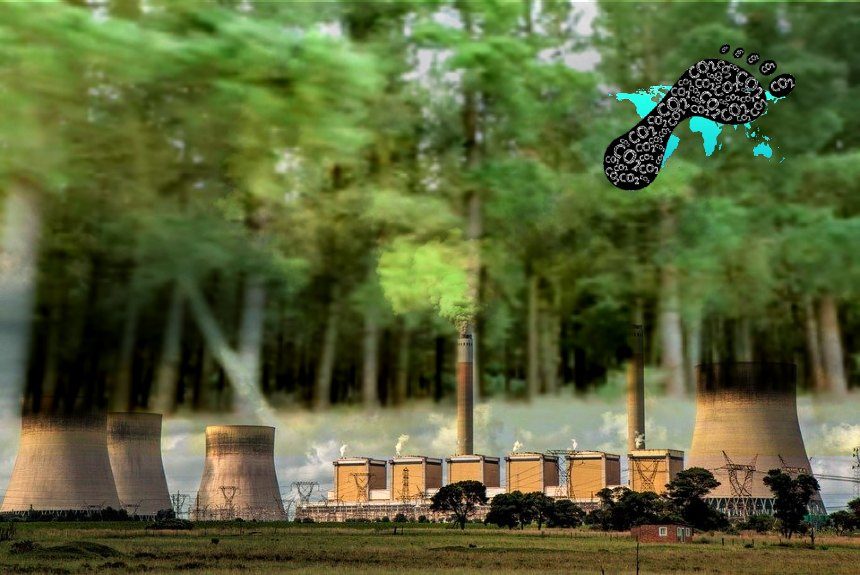Climate scientists have proven that fossil fuel emissions and their atmospheric concentrations are causing climate change and the extreme natural events that ensue.
Since the beginning of the Industrial Revolution, man has switched from hand to mechanical production to mass production of everything—food, wares, equipment, and just about anything.
The use of fossil fuels to power factories has tremendously increased. Emissions from fossil fuels and cement have been responsible for two-thirds of the total GHG emissions since 1854.
China accounts for 25%, or a quarter, of the world’s emissions, the United States is a far second at 15%, India is 7%, and the rest of the world is 21% (Save on Energy, 2020).
When COVID-19 hit the world in 2020, energy demand temporarily declined to 3.8% from coal, oil, gas, and electricity, and renewable energy demand slightly increased.
At the height of the pandemic, movement and transportation dramatically dropped for months. This pause allows us, including governments and institutions, to reflect on how we can improve things.
The impact of COVID-19 puts climate change and its increasing threats and risks to the economy, our health, and well-being into perspective.
Climate change effects, such as rising temperatures and sea levels, increasing intensity and frequency of cyclones and storms, record wildfires, and flooding, threaten and destroy livelihoods and claim lives.
Poor and developing countries, those living in coastal areas and cities, and the low-lying regions are the most vulnerable to climate change impacts.
Climate scientists believe that transitioning to renewable energy can fight climate change. This is not to say that renewable energy has no environmental impact.
The Save On Energy article enumerates the potential effects of renewable energy on the environment.
Wind energy can impact wildlife, birds, and natural habitats. Land use and increased use of copper with the expansion of wind turbines can affect the environment.
Solar power’s environmental impact would come from using materials during manufacturing and production.
Geothermal plants can still produce emissions depending on the technology used.
Depending on how it is generated and harvested, biomass can affect land use and contribute to global warming.
The article “How the energy industry impacts the environment” on the Save on Energy website also provides some practical tips to do daily to lower GHG and CO2 emissions.
Some of us might already be doing these, like using reusable cups and bottles, replacing energy-saving bulbs, keeping the thermostat a few degrees warmer or cooler, recycling, walking or biking to work, and not choosing one-day shipping unless necessary.
These acts might seem mundane, but they can impact our environment and climate when done collectively. Visit the “Save on Energy” website for further readings.
Source Citation:
How the energy industry impacts the environment. (2020, September 25). Save on Energy. Retrieved from https://www.saveonenergy.com/learning-center/post/how-energy-industry-impacts-environment/



Leave a Reply